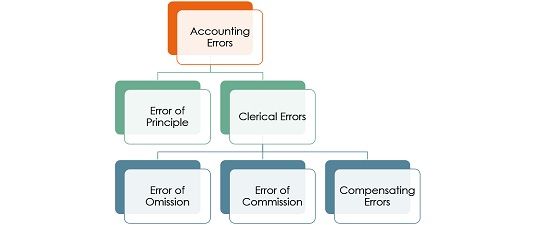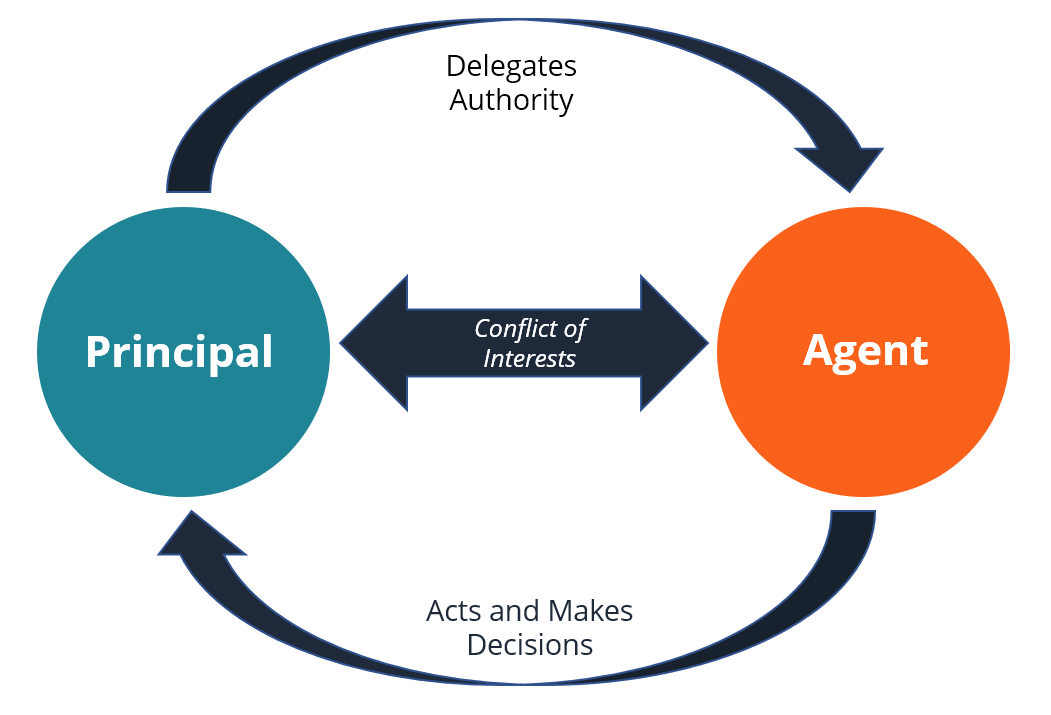

Ideally, they both fall within the same period of time for the clearest tracking. It requires that a business records expenses alongside revenues earned. Find out how GoCardless can help you with ad hoc payments or recurring payments.Matching principle is an accounting principle for recording revenues and expenses. GoCardless helps you automate payment collection, cutting down on the amount of admin your team needs to deal with when chasing invoices. Plus, since amortization can be listed as an expense, you can use it to limit the value of your stockholder’s equity. In some cases, failing to include amortization on your balance sheet may constitute fraud, which is why it’s extremely important to stay on top of amortization in accounting. In fact, there may even be a legal component. Why is amortization in accounting important?Īmortization can demonstrate a decrease in the book value of your assets, which can help to reduce your company’s taxable income. Tangible assets are assets which have a physical substance, such as equipment, real estate, and vehicles. Depreciation, by contrast, is used for fixed assets, otherwise known as tangible assets. assets that aren’t physical, such as trademarks, trade names, copyright, and so on. Amortization is mostly used for intangible assets, i.e. Essentially, it’s all about the type of asset that’s being expensed. Although amortization and depreciation are both methods of prorating the cost of your business’s assets over time, there’s one key difference that sets them apart from one another. depreciation is one of the key areas of confusion around this topic, as both processes seem to describe very similar things. depreciation: what’s the difference?Īmortization vs. You should now have the periodical amount that you can amortize.Īmortization vs. Next, divide this figure by the number of months remaining in its useful life.
#PRINCIPAL DEFINITION IN ACCOUNTING HOW TO#
Got those figures down? In that case, here’s how to calculate amortization for assets:įirstly, subtract the residual value from the basis value (the amount you paid for it). In order to calculate amortization, you’ll need to know three basic things: the initial value of the asset, the usable life left in the asset, and the residual value of the asset. With an amortization schedule, a greater proportion of loan payments go toward paying down the interest in the early stages of the loan, although this proportion declines as more of your principal balance gets paid off.Īlthough the amortization of loans is important for business owners, particularly if you’re dealing with debt, we’re going to focus on the amortization of assets for the remainder of this article.


This is accomplished with an amortization schedule, which itemizes the starting balance of a loan and reduces it via installment payments. After all, intangible assets (patents, copyrights, trademarks, etc.) decline in value over time, and it’s important to denote that in your accounts.Īnd what does amortization refer to in the sphere of lending? In short, it describes the mechanism by which you will pay off the principal and interest of a loan, in full, by bundling them into a single monthly payment. In other words, amortization reflects the consumption of the asset across its useful life. This means that the asset shifts from the balance sheet to your business’s income statement. So, what does amortization mean when it comes to your business’s assets? Essentially, amortization describes the process of incrementally expensing the cost of an intangible asset over the course of its useful economic life. Amortization definition for accountingĪs we explained in the introduction, amortization in accounting has two basic definitions, one of which is focused around assets and one of which is focused around loans. First off, check out our definition of amortization in accounting. We’ll explore the implications of both types of amortization and explain how to calculate amortization, quickly and easily. The term “amortization” is used to describe two key business processes – the amortization of assets and the amortization of loans. There are a wide range of accounting formulas and concepts that you’ll need to get to grips with as a small business owner, one of which is amortization.


 0 kommentar(er)
0 kommentar(er)
